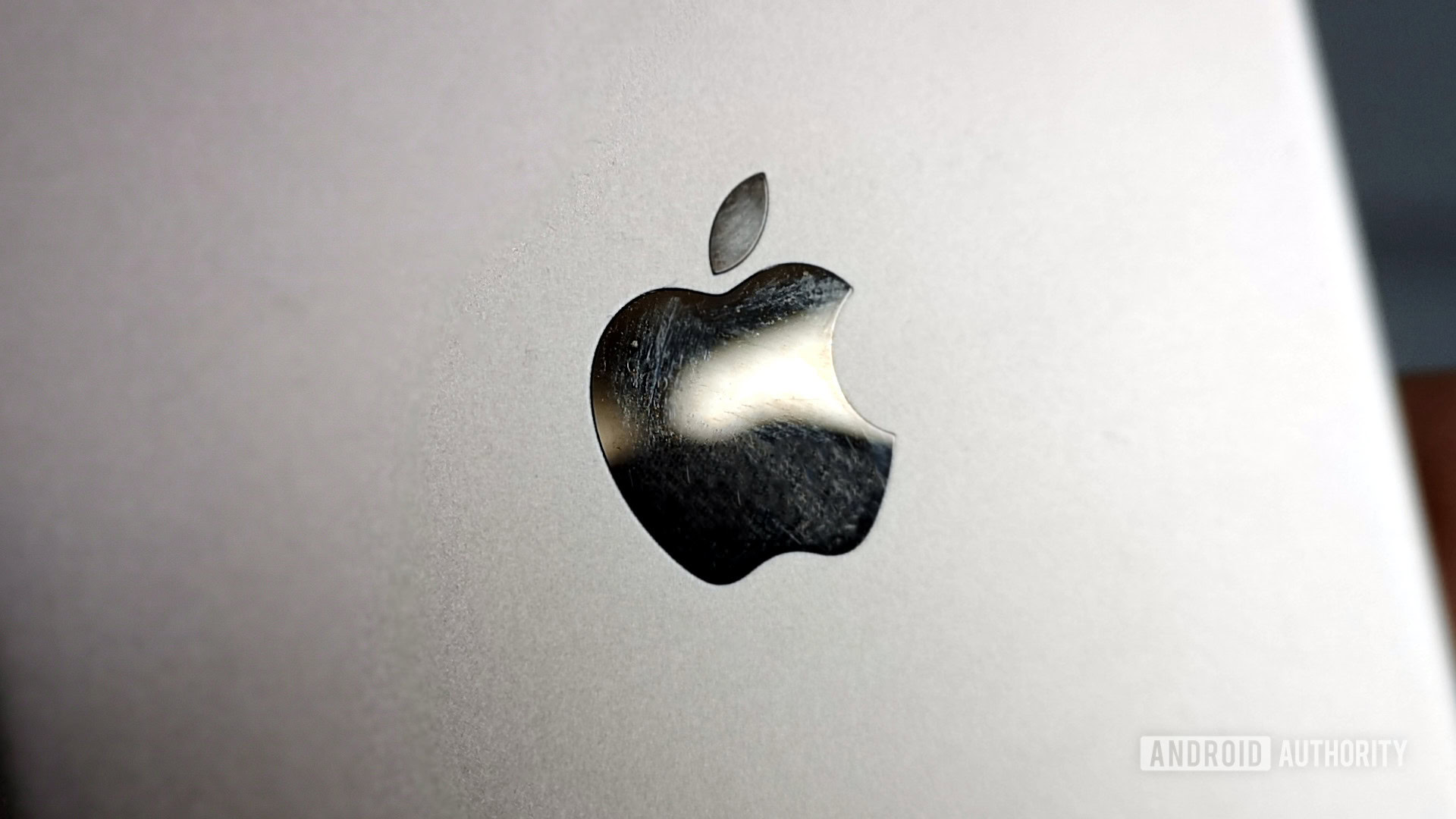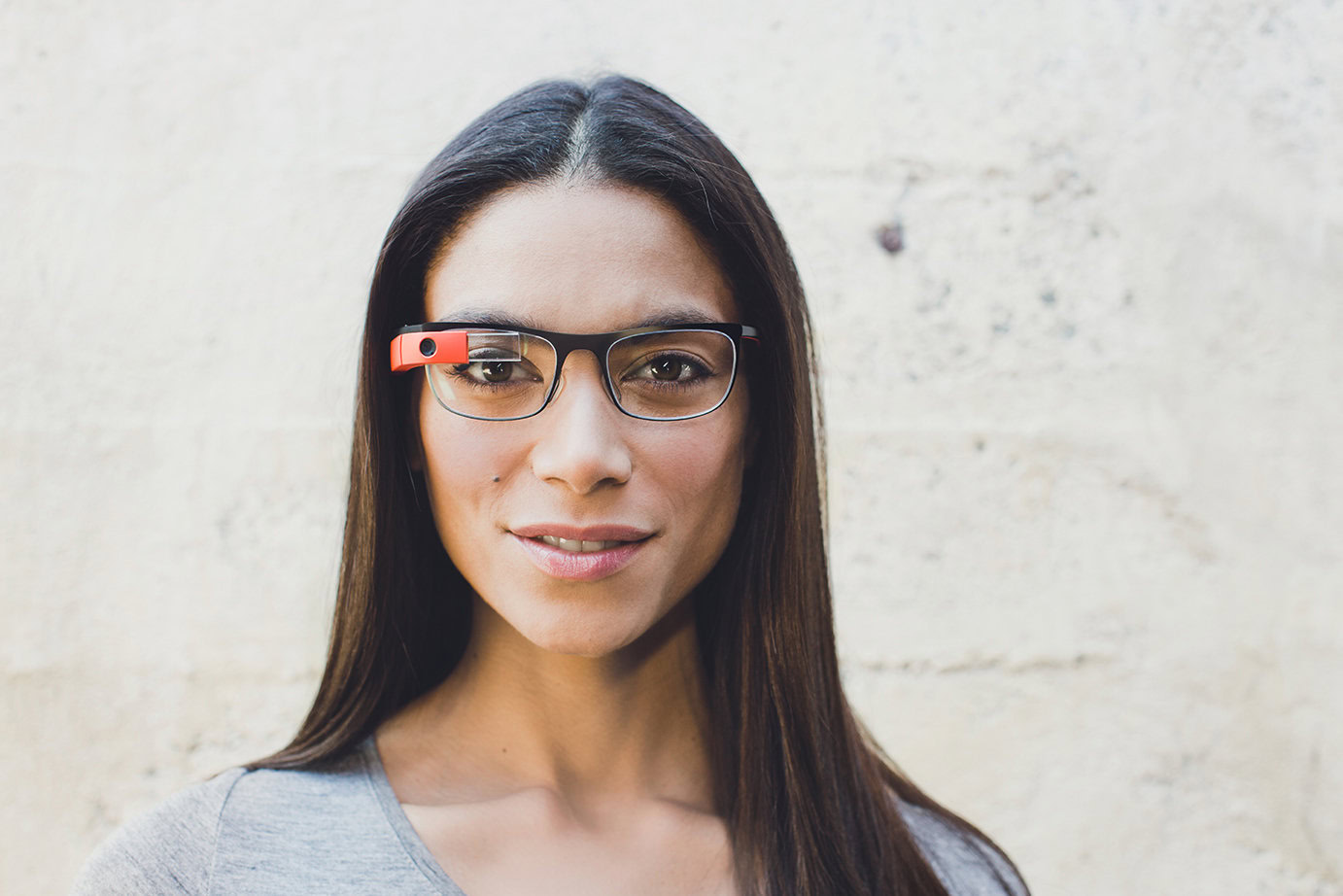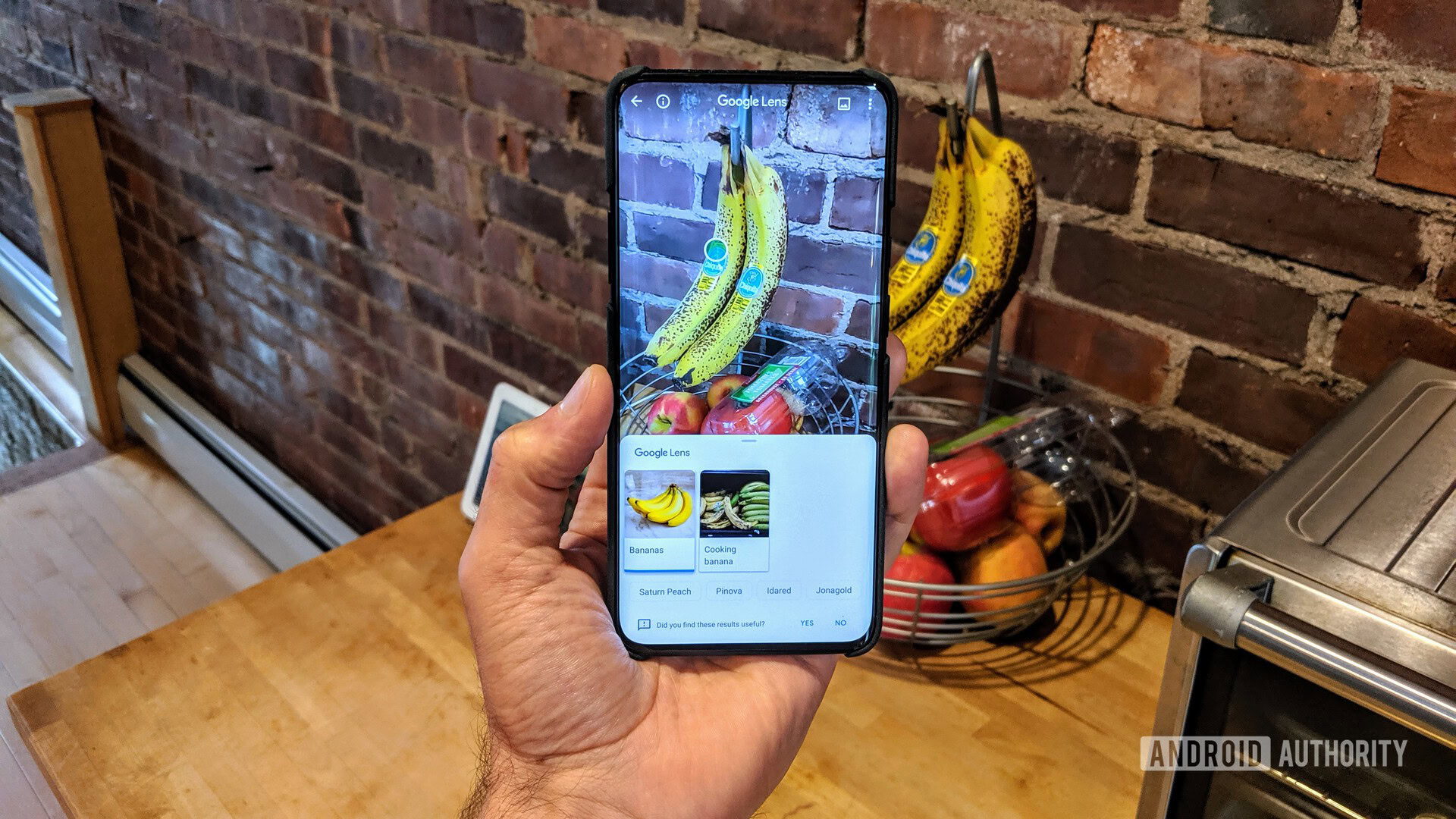Affiliate links on Android Authority may earn us a commission. Learn more.
Apple thinks glasses will replace smartphones: What it means for you

Apple is planning to launch its first augmented reality (AR) product sometime in 2022. According to a report from The Information, citing sources attending an internal Apple presentation, Cupertino wants to release an augmented reality headset in 2022 and a pair of AR glasses by 2023. These “Apple Glasses” have popped up in previous rumors with an earlier launch date in 2020, but this new report reveals a far more concrete plan than previous accounts.
Product details are thin on the ground, but a few design points pop up in the report. The products will be designed with gaming, video, and virtual meetings in mind, according to Bloomberg. The Apple Glasses AR capabilities hinge on a new 3D sensor system, developed in-house at Apple over several years. Apparently, this is a more advanced form of FaceID technology used in modern iPhones. Apple is allegedly working on lenses that darken when the wearer is using AR. This is to let others know the user is not necessarily paying attention to them.
Apple has about 1,000 engineers working on the AR and VR initiative. CEO Tim Cook has been hot on the idea of AR for a number of years now. The report also mentions plans to begin attracting developers to the platform in 2021. Clearly, this is a major business commitment, not a small side project.
Apple Glasses to replace the iPhone
Perhaps the most interesting part of the report states that Apple believes augmented reality glasses will eventually replace smartphones. This will occur “in roughly a decade,” according to executives at the presentation. By 2030, Apple expects that the iPhone, and by extension Android phones too, will be obsolete — at least in high-end Western markets.
That’s no easy task. Current AR glasses pair up to a smartphone, which provides the data connectivity, storage, and bulk of the processing capabilities required by AR apps. Moving this entirely into a set of sleek, lightweight glasses will require a number of engineering breakthroughs. Apple’s first-generation AR products certainly won’t offer fully standalone capabilities. You’ll still need a phone in your pocket. Instead, the company is reportedly working on a new operating system, dubbed rOS, to enable existing devices to work with future headsets and glasses.
Barring the technological hurdles, there’s little reason to believe AR glasses can’t replace most of our smartphone needs. Messaging and calls are certainly possible, as is watching video and navigating with real-world map directions. The other hurdle is solving user interaction, something that advances in voice recognition and 3D object detection technology will likely be key to solving.
Augmented reality is already here, but new form factors will enhance the experience.
It’s easy to imagine the possibilities with AR, as some examples have already proven immensely popular. 2016’s Pokémon Go phenomenon was likely many people’s first foray into the world of AR. Today, consumers are using AR for Snapchat filters, real-time text translation, viewing the stars, and kitting our apartments. AR is already useful on smartphones, but AR glasses open up new possibilities for even more useful and engrossing experiences — ranging from in-world games to real-time contextual information on everything from directions to people.
Haven’t we been here before?

Apple certainly isn’t the first company to believe in AR as a future consumer product. Microsoft has been developing HoloLens for years and has just launched HoloLens 2 for businesses with an eye-watering $3,500 price tag. There’s also Google Glass, which was hounded out of the market by privacy advocates in its prototype launch period, although it remains in development for enterprise users. A number of other companies are working on the idea, including Epson, Toshiba, and Vuzix, among others. However, the majority fall under enterprise and specialist products.
Apple is banking on consumer appeal, but that’s a big ask. It is possible Apple Glasses will receive a warmer reception than Google Glass, given the US media’s often more sympathetic coverage of Cupertino over Mountain View. Its launch may also be more prime time ready, providing a robust developer platform and app ecosystem are ready to go at launch. However, consumer privacy concerns regarding camera and video recording, consent, and data collection will be a sticking point.
Privacy concerns and recording consent issues don't disappear just because it's Apple.
There’s no getting around the fact that AR glasses will fundamentally change the way we interact with the world and each other, but also the way in which technology interacts with us. Dedicated AR devices, like glasses, will consume even more data about our surroundings, taking in audio and visual cues from our lives to provide and contextualize content. Furthermore, we will likely wear glass throughout even more intimate aspects of our lives than a phone witnesses in our pocket. Having said that, consumers don’t seem too alarmed at the privacy implications of smart home products.
AR and the future of personal computing

Augmented reality is the inevitable next step in personal and enterprise computing. Its uses are bound to range from the essentials through to entertainment and the mundane. AR is clearly central to Apple’s future product plans, but it’s far from the only company working on the technology. Expect augmented reality to become increasingly popular in smartphones at all price points over the coming years. The next few years in mobile will lay down the building blocks for future AR-first products like Apple Glasses.
We’ll have to see whether wearable products like the Apple Glasses are the form factor that AR inevitably settles in. Perhaps phones will remain the preferred option for their flexibility if nothing else. Predicting the death of the smartphone within a decade is a bold move by Apple, but inevitably the tech world will move on. AR is as likely as any other to be that next big leap.